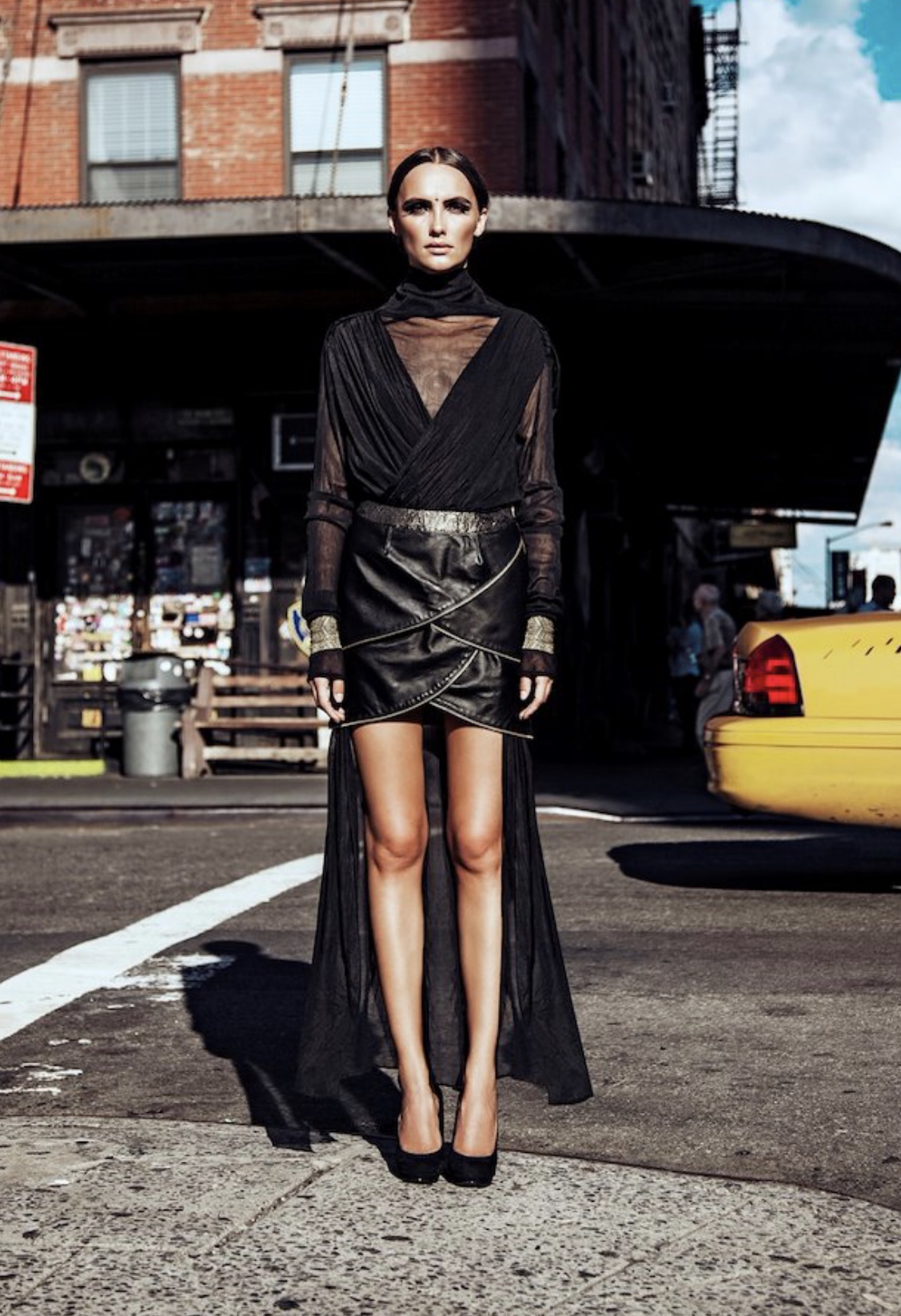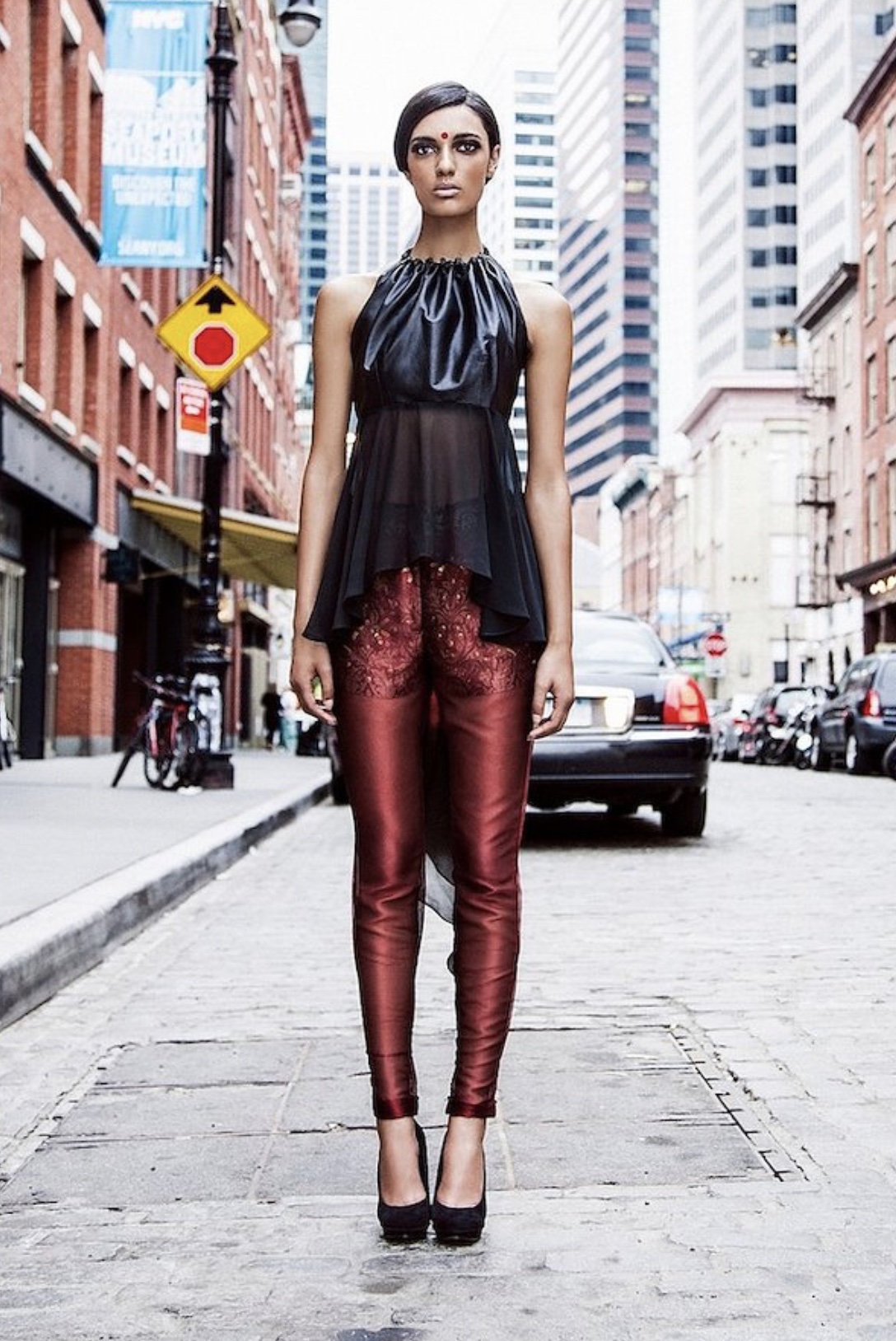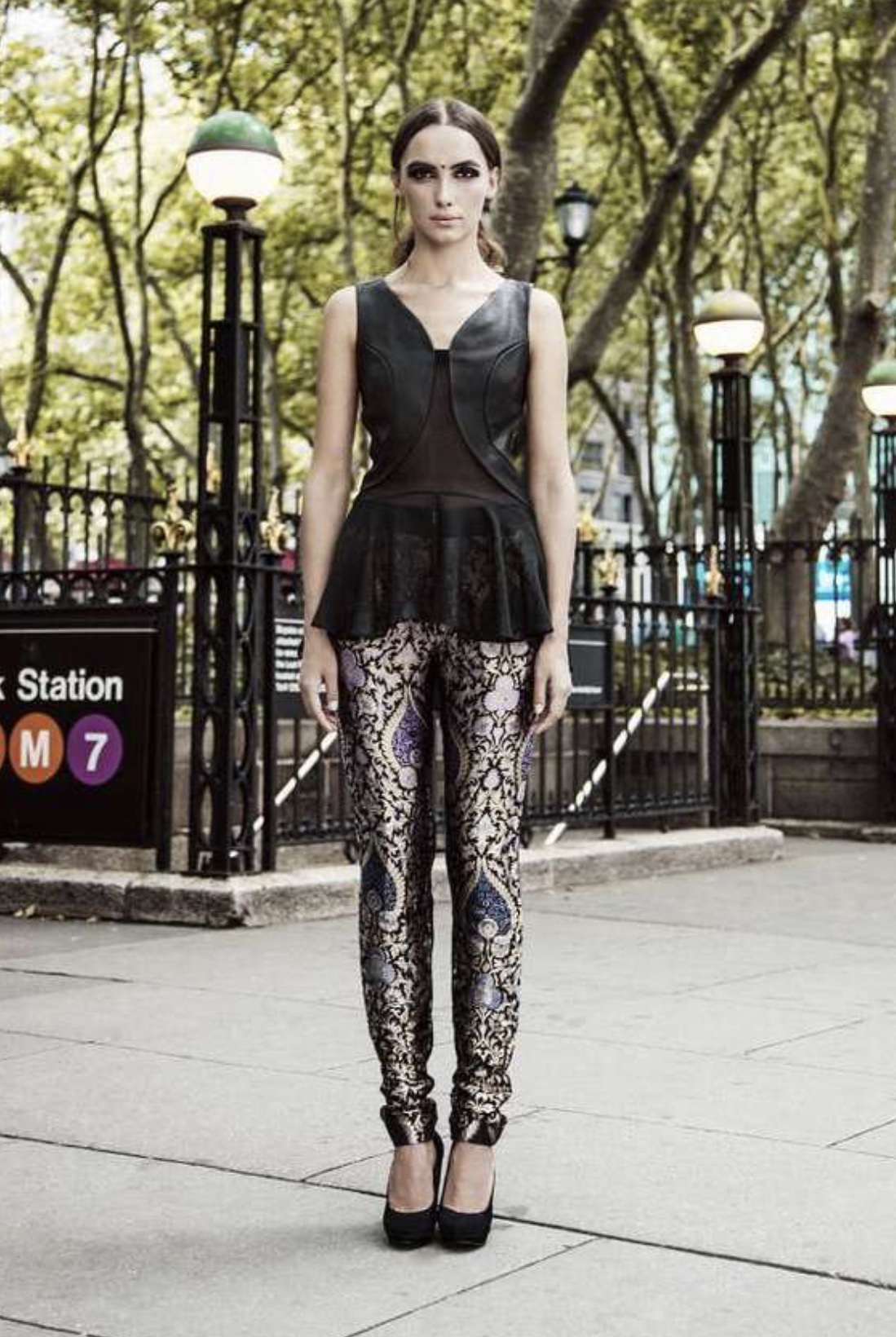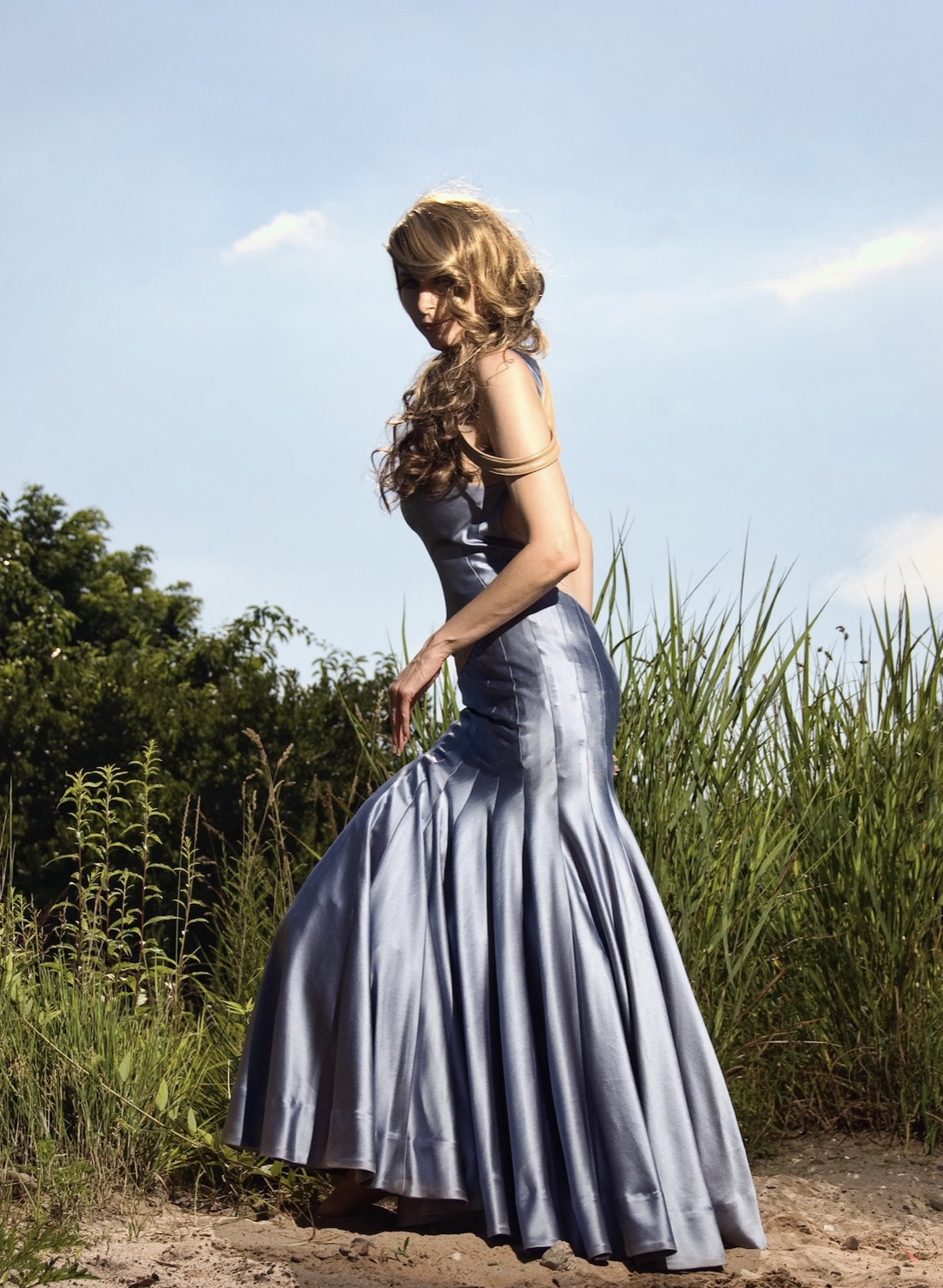As a New Yorker, I was drawn early to the bold, sculptural storytelling of designers like Thierry Mugler and Jean Paul Gaultier. I turned that curiosity into hands-on experience as a Design Assistant at La Diablesse, a corsetry shop in TriBeCa.
After graduating magna cum laude from FIT with degrees in Fashion Design and Patternmaking, I worked with private clients and freelance labels—bringing ideas from concept to final garment. That work became the foundation of my approach to human-centered design: blending creative vision with real-world needs through iteration, systems thinking, and attention to detail.
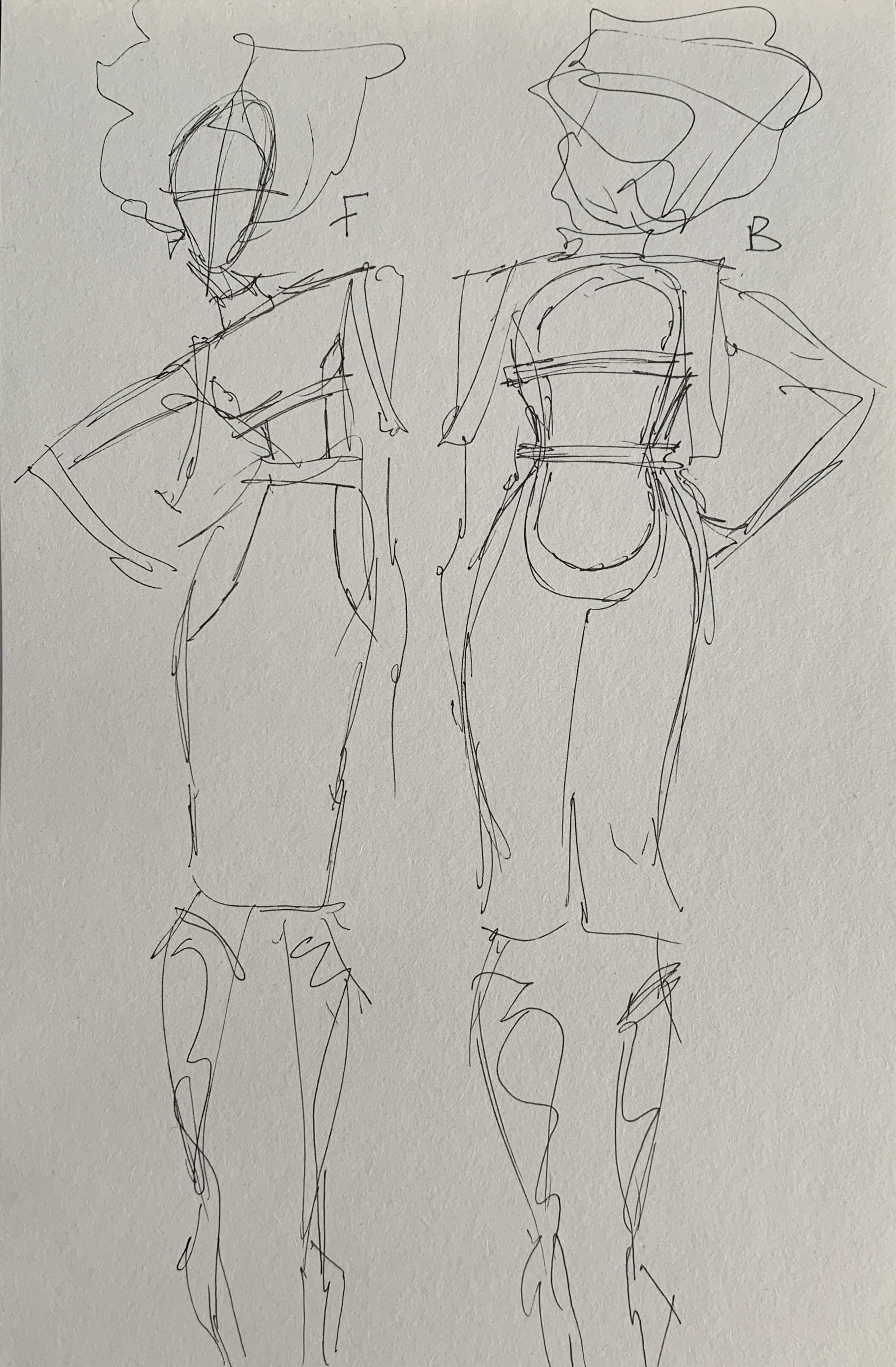



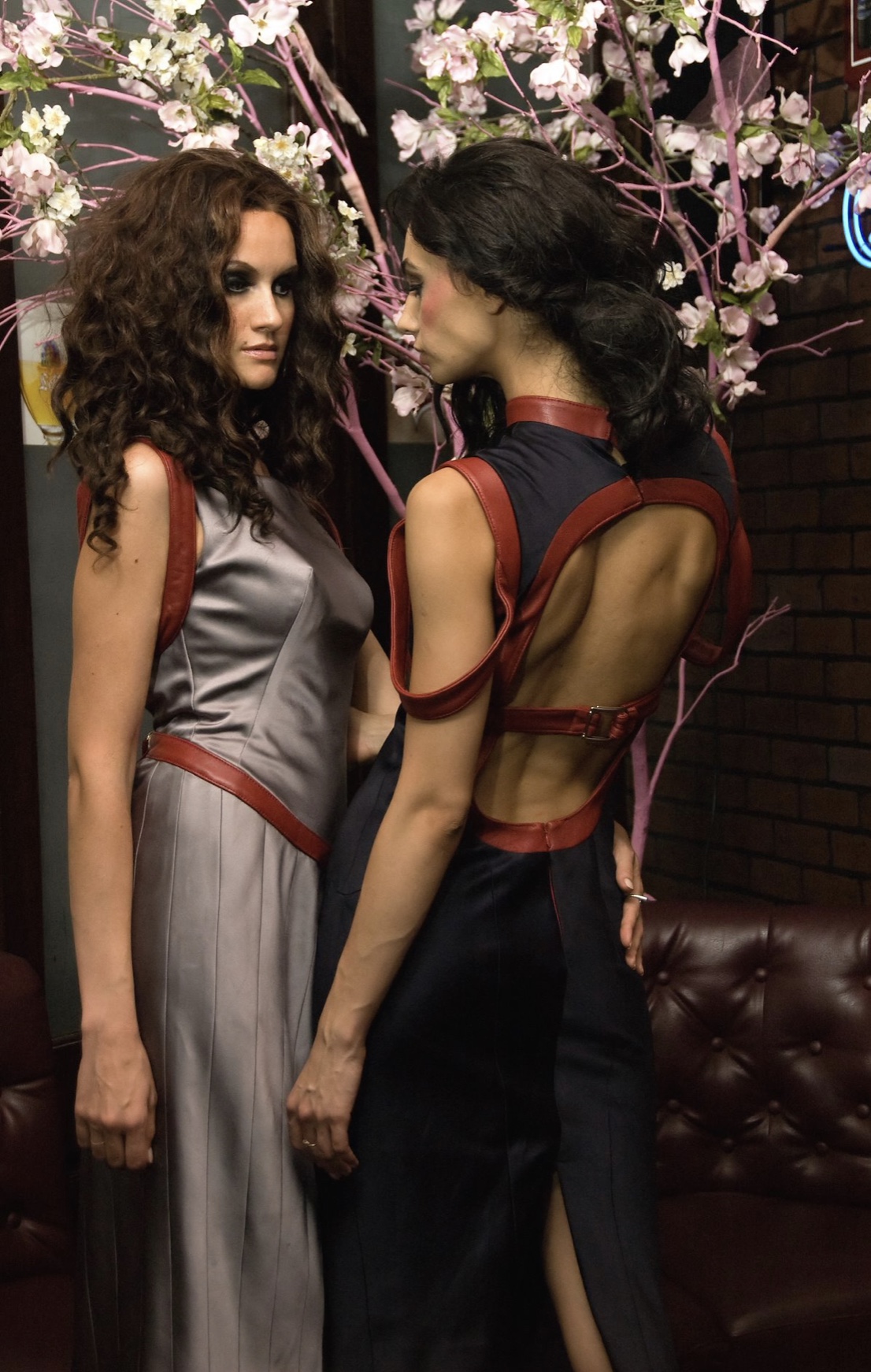
Market research
My design process begins with research: customer profiling, trend forecasting tools like Première Vision and WGSN, and observational insights from retail and runway. I studied how cultural movements shaped aesthetic preferences and user behavior.
When designing a line inspired by traditional Indian dress for a Western audience, I immersed myself in cultural context and adapted with care—an early application of discovery methods and inclusive design practices that now inform how I approach product definition and strategic research in digital contexts.
Sketching
Sketching was my first wireframing tool—a way to explore form, structure, and intent before committing to detail. Technical flats functioned like annotated wireframes, translating visual ideas into clear specs for production.
This stage aligned teams, surfaced constraints early, and supported rapid iteration—just as wireframes do in digital product design.
Pattern-Making
Pattern making transformed abstract ideas into structured, repeatable systems. Draping allowed for real-time sculpting and experimentation, while flat-pattern drafting introduced the rigor needed for scale, fit, and consistency.
This mirrors the foundation of design systems in interface design—where modular components are structured for adaptability and coherence across diverse contexts and screen states.
Prototype Garments & Fitting
Fittings tested movement, fit, and feel—yielding feedback that drove iterative refinements to both garment and pattern.
Much like usability testing, it revealed friction early and shaped the final experience through real-world insight.
Final Product
Garments continued to evolve even after delivery—refined each season or tailored to individual users.
In experience design, release is just a checkpoint. Real-world use reveals what works, and iteration keeps the solution responsive and relevant.
